Develop Student-Centered Well-Being Support
Student well-being is inextricably linked to student success, meaning holistic mental health and well-being support should be a top priority for every institution. Fostering students’ coping and resilience skills can help prevent common challenges such as stress and anxiety from escalating into more serious mental health concerns. Investing in proactive support to help low-risk students manage their concerns is an important part of the solution to meeting the escalating demand for mental health services.
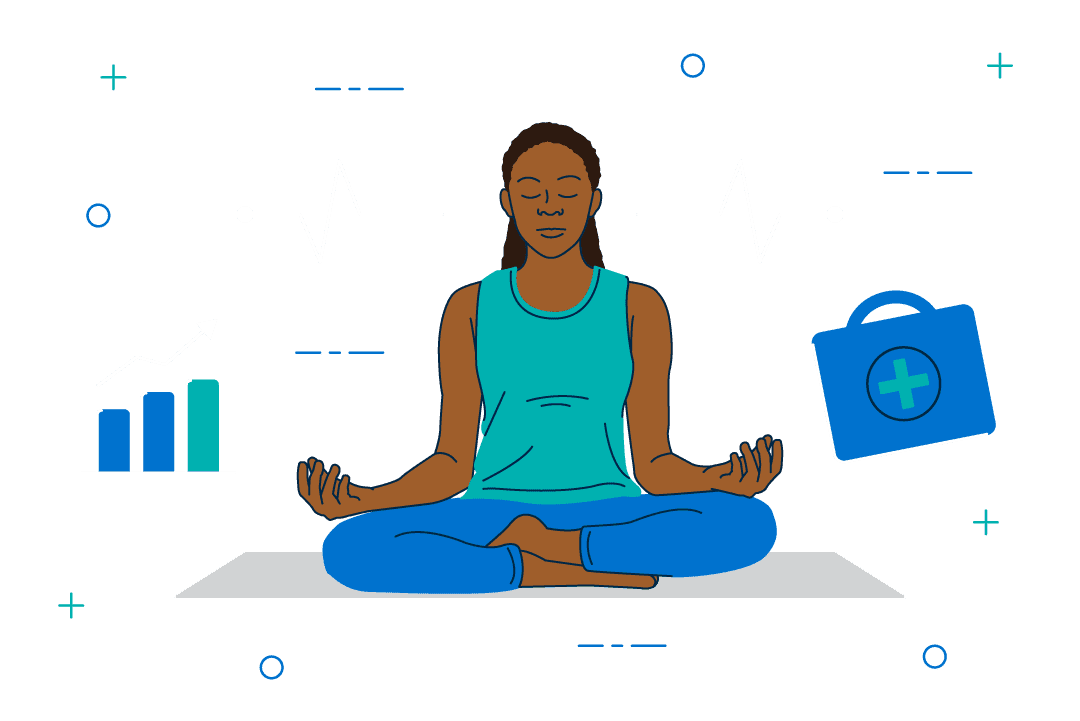
Learn the benefits of a stepped care model for mental health and well-being support
Institutions are experiencing overwhelming demand in their counseling centers. While many have invested more resources to the counseling center, it’s clear that simply hiring more counselors is not a sustainable—or even the best—solution. The infrastructure for mental health care on most campuses does not fully leverage the range of non-clinical resources for mental health or well-being support.
A stepped care model for mental health and well-being support incorporates a network of resources—from self-serve learning modules to meditation workshops to one-on-one therapy—allowing students to step up or step down the intensity of care as needed. This student-centric model helps students access effective care quickly.

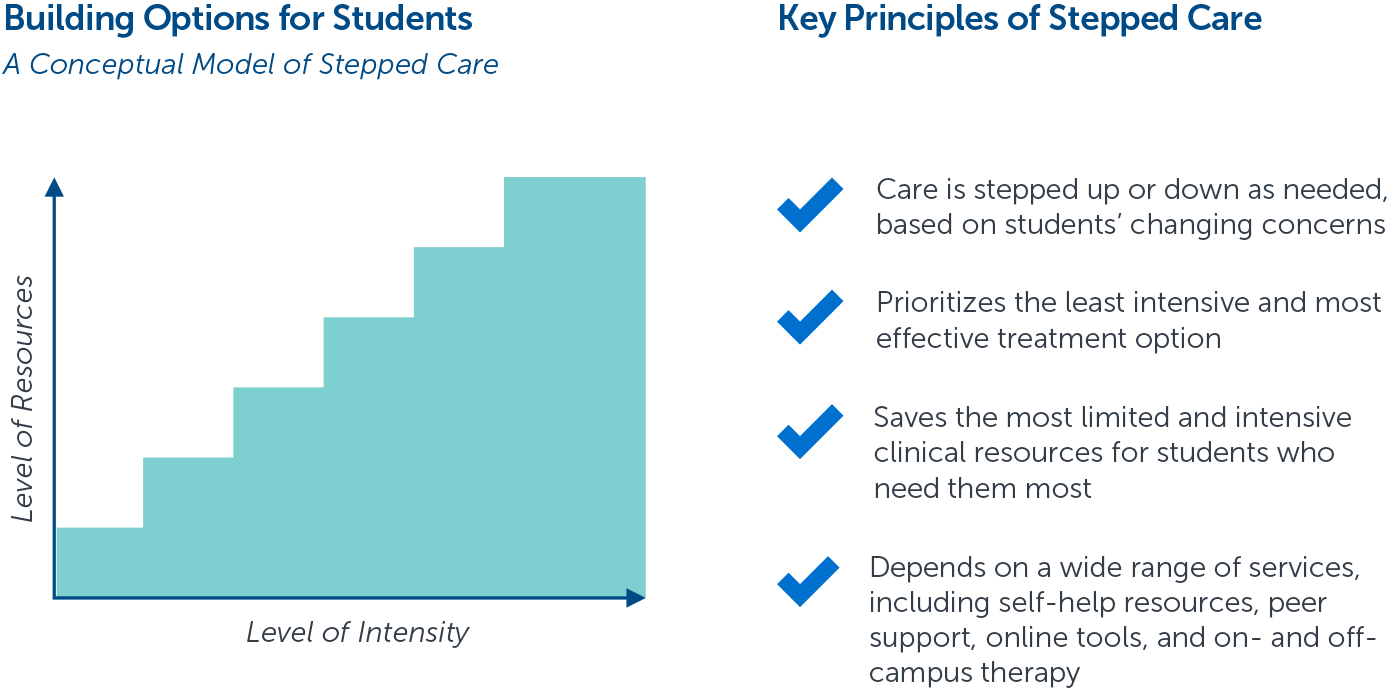
Implement a stepped care model on your campus
By adopting a stepped model of mental health care, you can expand students’ perceptions of what constitutes mental health and well-being support, promote campus supports alongside traditional mental health resources, and maximize existing campus resources. Map campus mental health and well-being resources organized by level of intensity and level or resources needed (e.g., staff time, cost) with this guide.

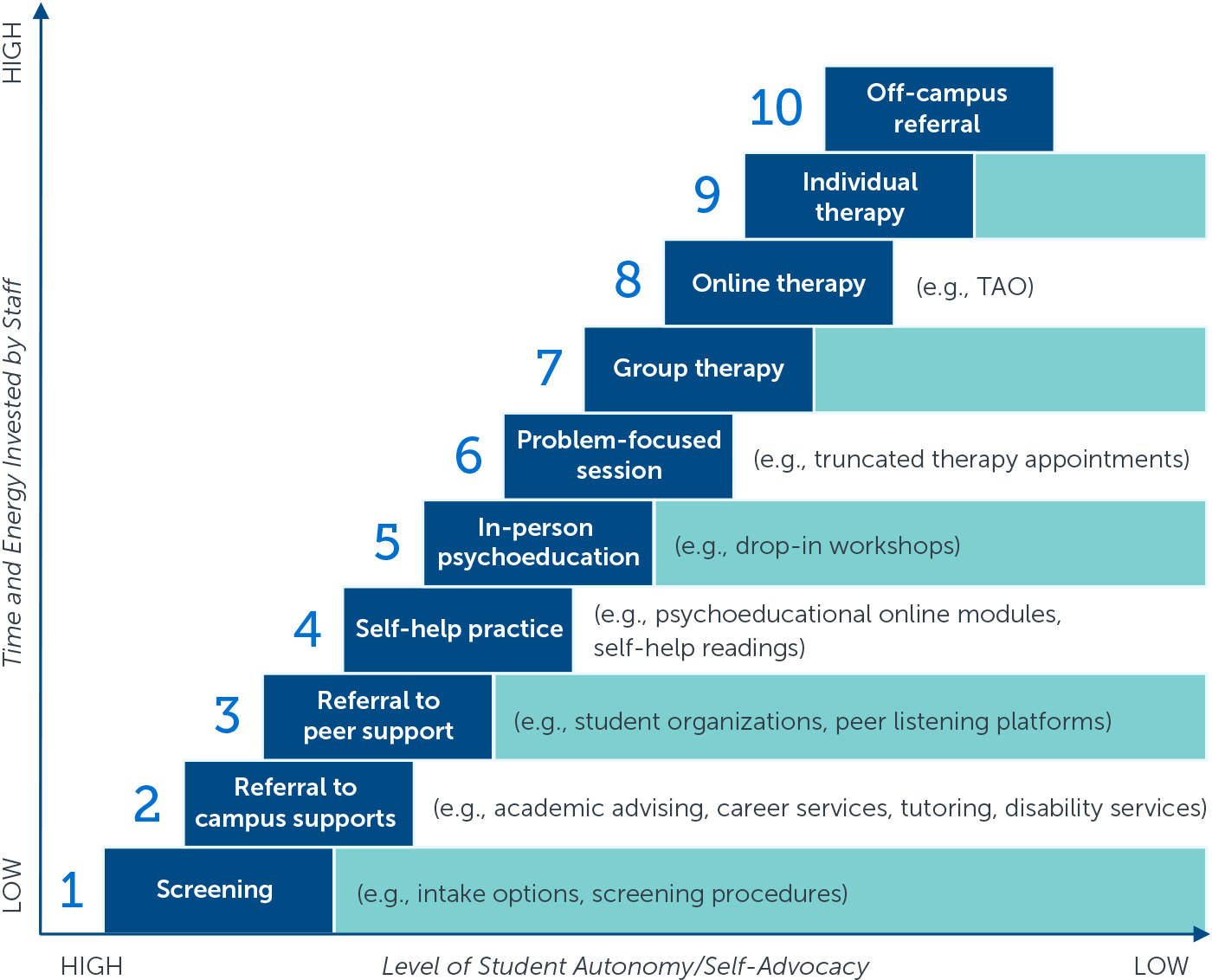
Drive utilization of self-serve well-being resources
Don’t rely on a “build it and they will come” mentality for self-serve mental health and well-being resources. Utilization of self-serve resources often lags for a variety of reasons: they might not align with students’ expectations for individual therapy, they can feel generic or impersonal, and they lack structure and accountability.
Make self-serve resources feel more personalized and formal. Consider using a “behavioral prescription pad” (modeled off a medical prescription pad) to “prescribe” self-serve interventions—including online modules, workshops, and fitness or meditation classes. This tool can help drive utilization through prescriptive recommendations.

Target well-being support to where students need it most
Focus support on students who need it the most. Who are those students on your campus? Think about when students are most likely to experience challenges and setbacks, or look to indicators that students might need support. See examples below.
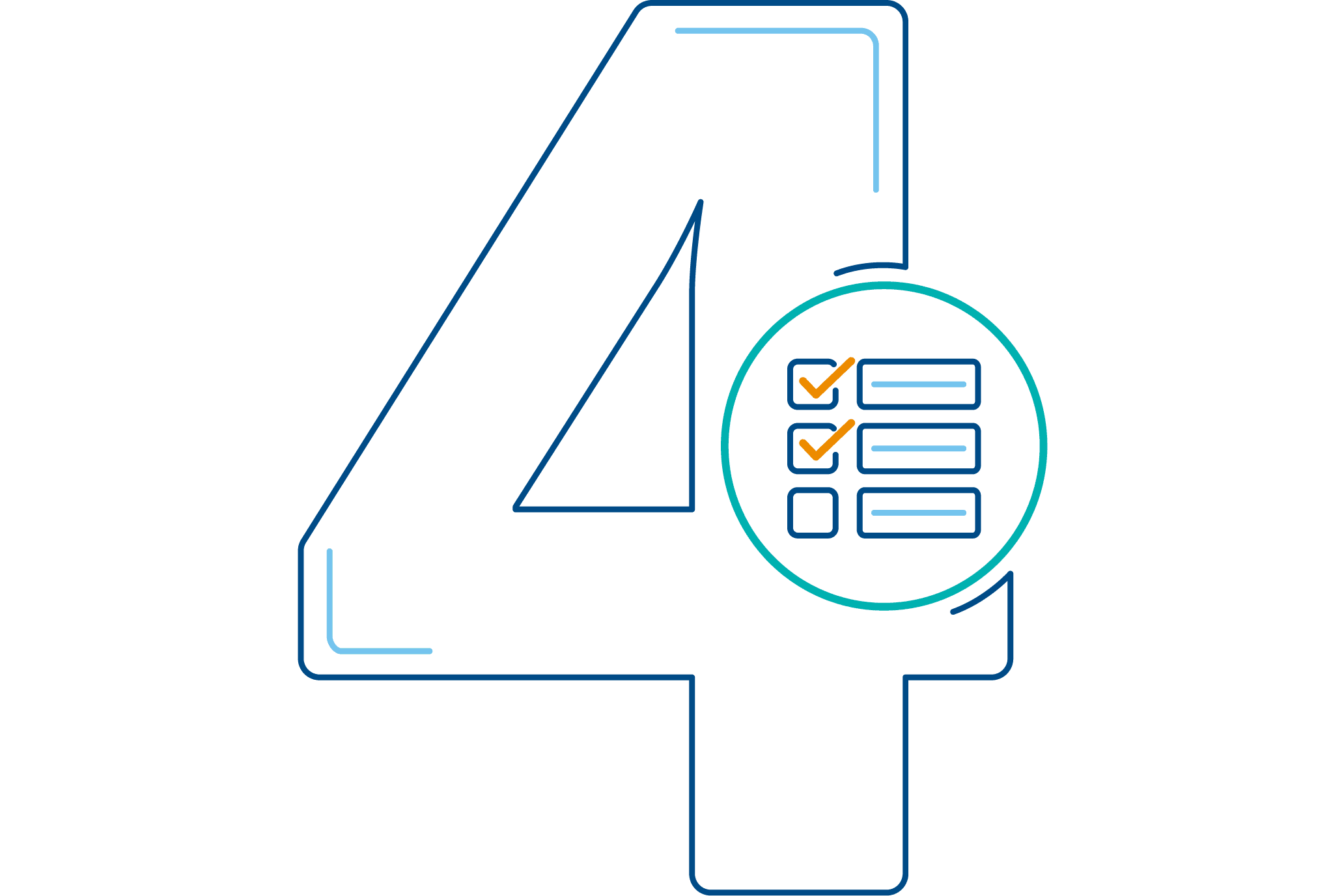
-
Target a specific population of students (e.g., first-year students)
Freshmen are encountering a number of firsts: first time living away from home, first time living with roommates, first time experiencing failure and setbacks. Due to the enormous challenges associated with transitioning to college, first-year students could benefit from improving their coping and resilience skills and focusing on well-being.
-
Target high-stress moments (e.g., career search process)
Reach students with resilience and well-being resources at high-stress moments across their academic careers. The career search process and returning to campus from leave are two instances where students are likely feeling increased pressure and stress to succeed.
-
Target behaviors indicating student distress (e.g., low-risk students on counseling center wait list)
There are a variety of warning signs that indicate students might need well-being support. One area to target is students on the counseling center waitlist. Students with low-risk concerns may wait weeks for an individual therapy appointment; prevent students’ concerns from escalating by targeting them with support.
Partner with stakeholders outside of student affairs
Expand the reach of well-being initiatives by working with others on campus to integrate resilience skills into the classroom, curriculum, and other academic settings.
Faculty play a central role in the student experience, making them prime candidates for helping students build the resilience and coping skills they need to succeed.
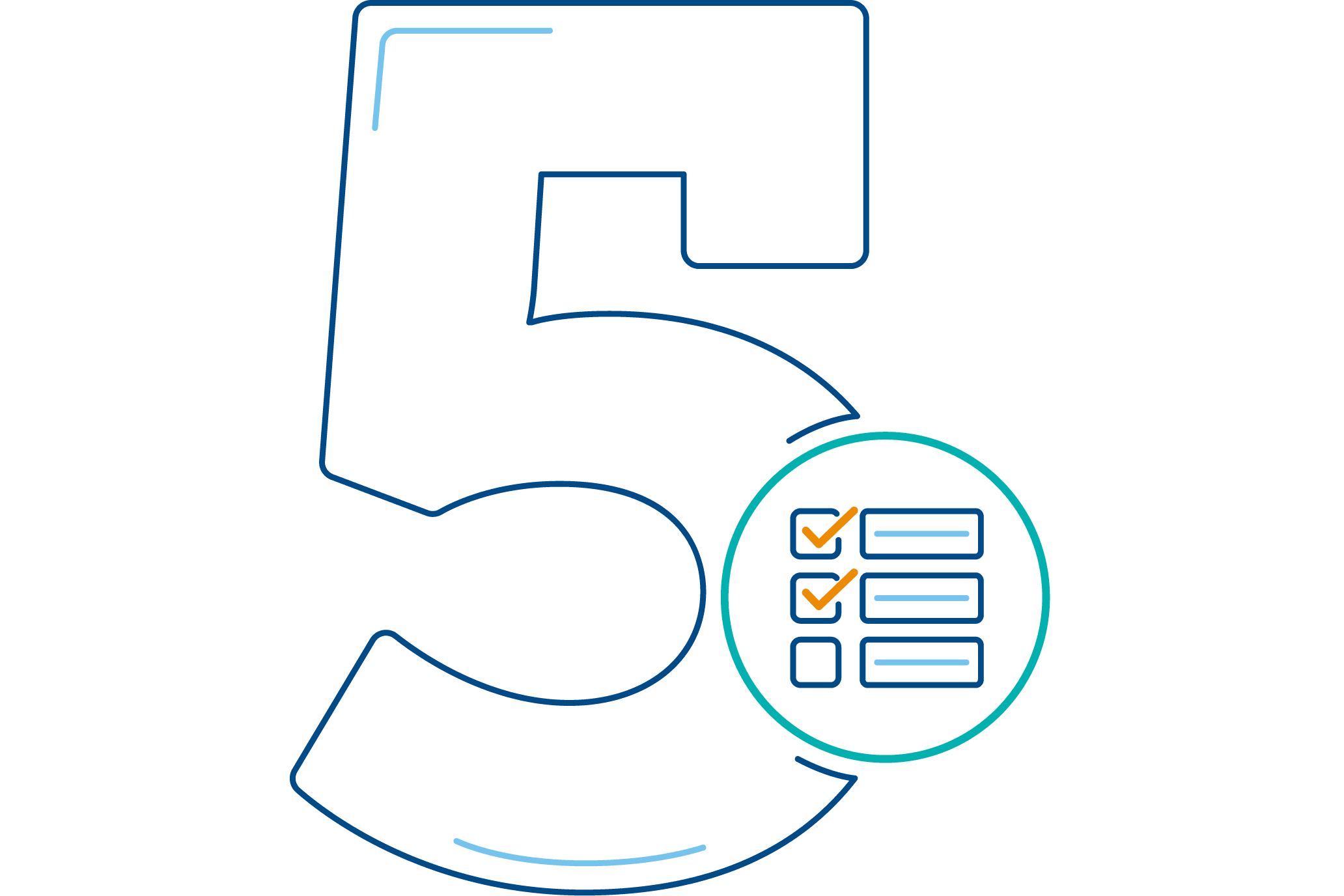
This resource requires EAB partnership access to view.
Access the roadmap
Learn how you can get access to this resource as well as hands-on support from our experts through Strategic Advisory Services.
Learn More